What if we told you some of the ingredients sitting quietly on your pantry shelf have already been banned in other countries—possibly for years? From seemingly innocent snack cakes to brightly colored candies and “low-fat” saviors of the ’90s, the American food landscape is still peppered with additives that the rest of the world has long cast aside. Think of it as a culinary time capsule—only this one might come with a health warning.
Across Europe, Asia, and beyond, regulators have taken bold action to protect public health by banning ingredients linked to everything from hyperactivity in children to cancer in lab animals. Meanwhile, in the U.S., many of these same additives continue to pop up in grocery stores, school lunches, and fast food menus. And while the FDA is slowly catching up, the process is often sluggish and influenced by complex political and industry interests.
That’s where figures like Robert F. Kennedy Jr. step in. As part of his campaign, Kennedy has made it clear: he wants cleaner food in American households. He’s not just focusing on pesticides or plastics—he’s calling out specific additives still legally used in the U.S. that are already blacklisted elsewhere. His message? If other countries can protect their citizens from these substances, why can’t we?
In this eye-opening list, we’ll uncover 15 ingredients that have been banned around the globe and take a closer look at the 4 Kennedy says are out of the picture. Whether you’re a health-conscious consumer or just curious about what’s hiding in your favorite foods, these banned ingredients will make you look twice at the label—and maybe even clean out your cupboard. Let’s dive into the hidden world of food additives that could be on their way out.
1. Titanium Dioxide: The Glowing White Danger
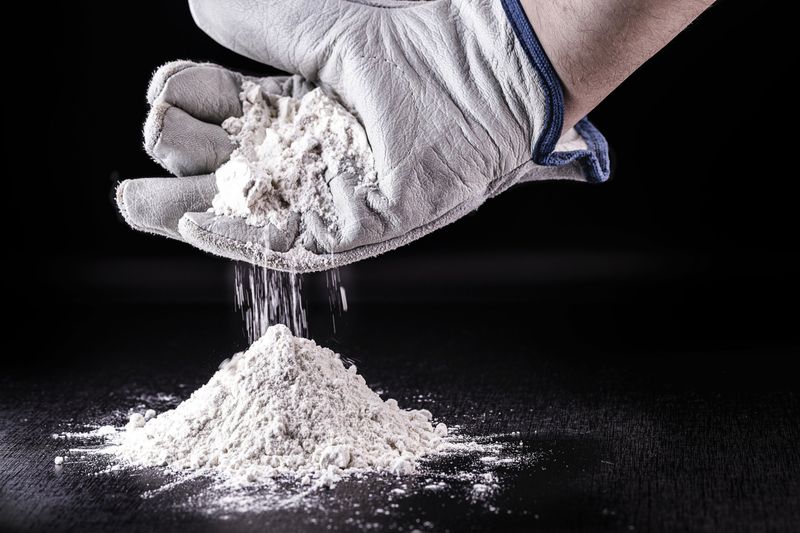
Found in candies, chewing gum, and baked goods, titanium dioxide creates that appealing bright white color consumers love. The EU banned this common whitening agent in 2022 after research showed it may damage DNA and potentially cause cancer.
Food manufacturers often don’t even list it on labels, instead hiding behind vague terms like “color added.” The tiny nanoparticles can accumulate in organs over time.
While still legal in the US, many companies have voluntarily removed it from products. Mars Inc. eliminated it from M&M’s and Skittles after consumer pressure mounted about its safety concerns.
2. Potassium Bromate: The Bread-Boosting Carcinogen

Bakers once prized this flour-enhancing agent for creating perfectly fluffy bread and improving dough elasticity. Studies revealed a darker side – potassium bromate causes thyroid and kidney tumors in lab animals, earning it bans across China, Canada, Brazil, and the European Union.
Surprisingly, American bakers can still legally use it. The FDA only “encourages” companies to avoid it rather than implementing an outright ban.
When shopping, check ingredient lists carefully. Many national brands like Pepperidge Farm and Wonder Bread have removed it, but smaller bakeries might still use this potentially harmful additive in your daily bread.
3. Red Dye No. 3: The Candy-Coloring Culprit
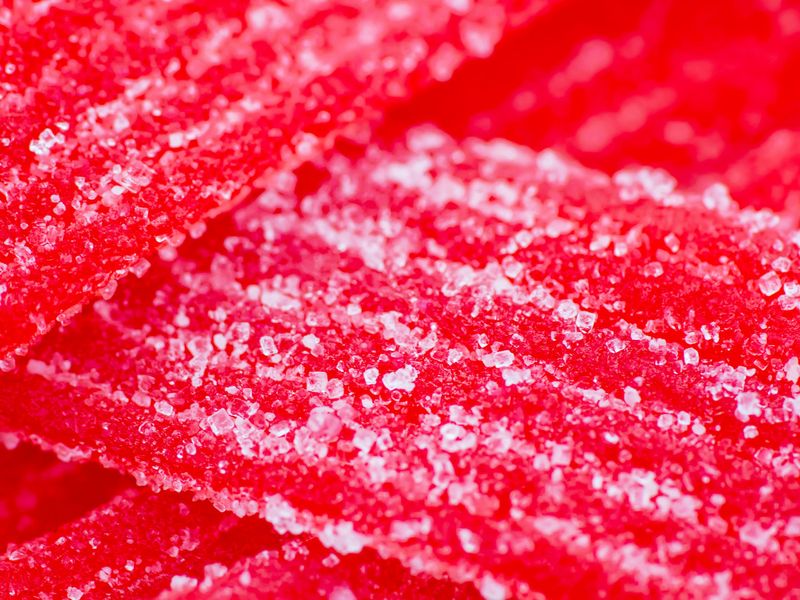
The vibrant pink color in candies, ice cream, and baked goods often comes from Red Dye No. 3, also called erythrosine. California recently banned this synthetic color after studies linked it to thyroid cancer in lab animals.
Most developed nations already prohibit this dye in food products. Japan banned it back in 1965, and the European Union followed suit decades ago.
Ironically, the FDA banned Red Dye No. 3 in cosmetics and externally applied drugs in 1990 but still allows it in food. Children consume the highest amounts through brightly colored treats, raising concerns about their increased exposure to this questionable chemical.
4. Brominated Vegetable Oil: The Flame Retardant in Your Soda
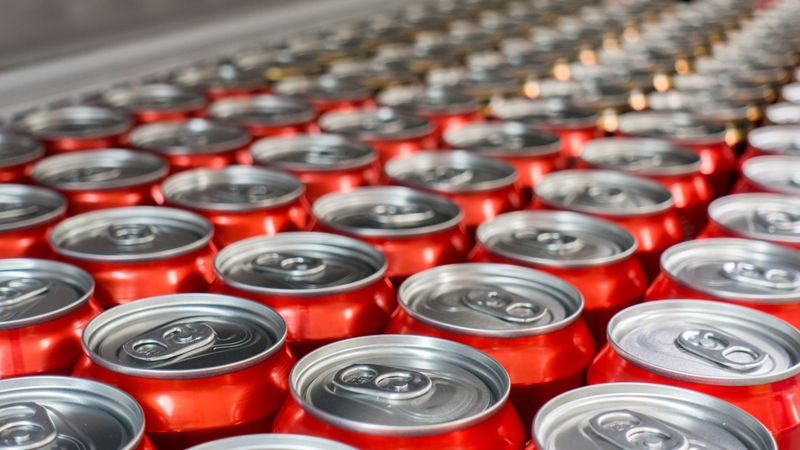
Originally developed as a flame retardant, brominated vegetable oil (BVO) somehow found its way into citrus-flavored sodas and sports drinks. Its primary purpose? Keeping fruit flavors from separating and floating to the top.
Japan, European Union, and India have all banned BVO due to bromine building up in human tissues and breast milk. This chemical has been linked to memory loss, nerve disorders, and skin problems.
After years of public pressure, major brands like Gatorade and Mountain Dew finally removed BVO from their formulas. However, smaller brands may still use it, making label-reading essential for avoiding this concerning additive.
5. Azodicarbonamide: The Yoga Mat Chemical in Your Sandwich

Nicknamed the “yoga mat chemical,” azodicarbonamide (ADA) serves double duty in industrial foam plastics and as a flour bleaching agent in bread. Food manufacturers love it because it makes dough more manageable and bread whiter.
The European Union, Australia, and Singapore have banned ADA due to its link to respiratory issues and allergies. When baked, it breaks down into chemicals that may cause cancer.
Public pressure forced Subway to remove it from their bread in 2014 after a food blogger pointed out that the same chemical was in yoga mats. Still legal in the US, it lurks in many commercial breads, hamburger buns, and frozen foods.
6. Thimerosal: Mercury Hiding in Plain Sight
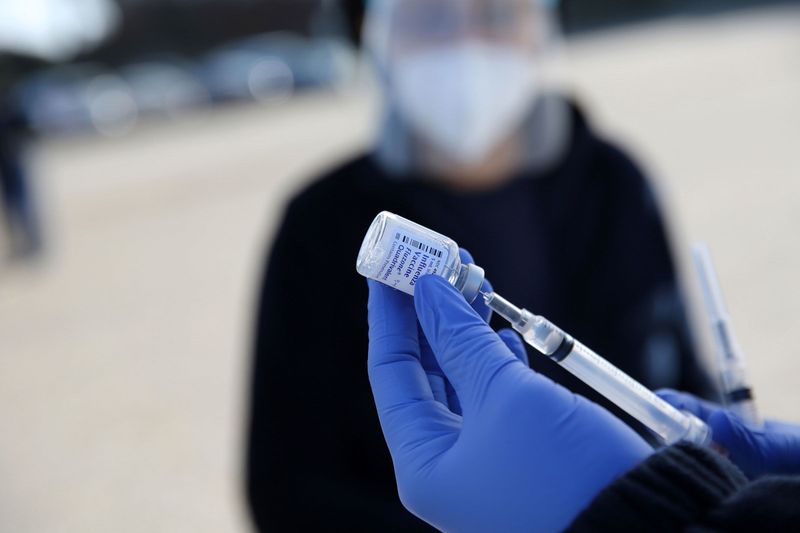
Thimerosal, a mercury-containing preservative, was once common in vaccines and some food products. Mercury is a potent neurotoxin that can damage the brain and nervous system, especially in developing children.
Russia, Denmark, Austria, and Japan have banned thimerosal in vaccines and food products. The compound can cross the blood-brain barrier and potentially accumulate in tissues.
While largely phased out of vaccines in the United States since 2001, trace amounts still appear in some flu vaccines. Food manufacturers have mostly abandoned it, but checking labels remains important, especially for imported products where regulations may differ.
7. Olestra: The Fat Substitute with Unpleasant Consequences
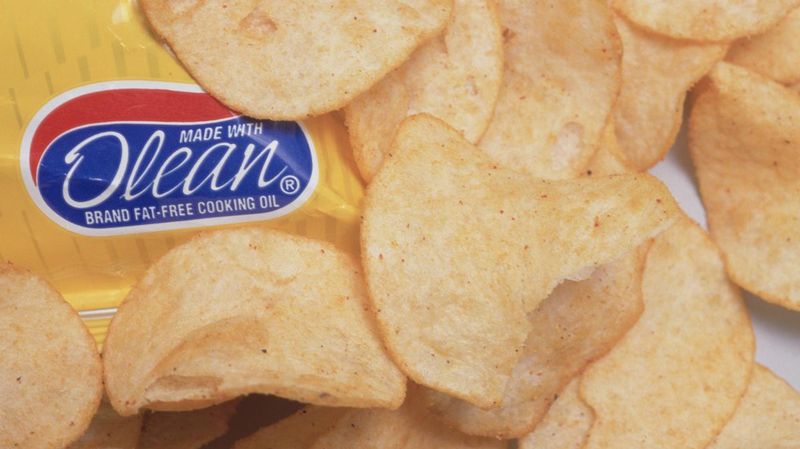
Remember those “fat-free” potato chips from the 1990s? They contained Olestra, a fat substitute that passes through the digestive system unabsorbed. Sounds great until you learn about the side effects.
Canada and the European Union banned Olestra after consumers reported severe cramping, loose stools, and embarrassing “anal leakage.” Even worse, it prevents the body from absorbing essential fat-soluble vitamins like A, D, E, and K.
The FDA approved Olestra in 1996 despite scientists’ objections. Products containing it required warning labels about digestive effects. Though less common today, this additive still appears in some reduced-fat foods in the US, despite being prohibited in many other countries.
8. Ractopamine: The Muscle-Building Drug in Your Meat
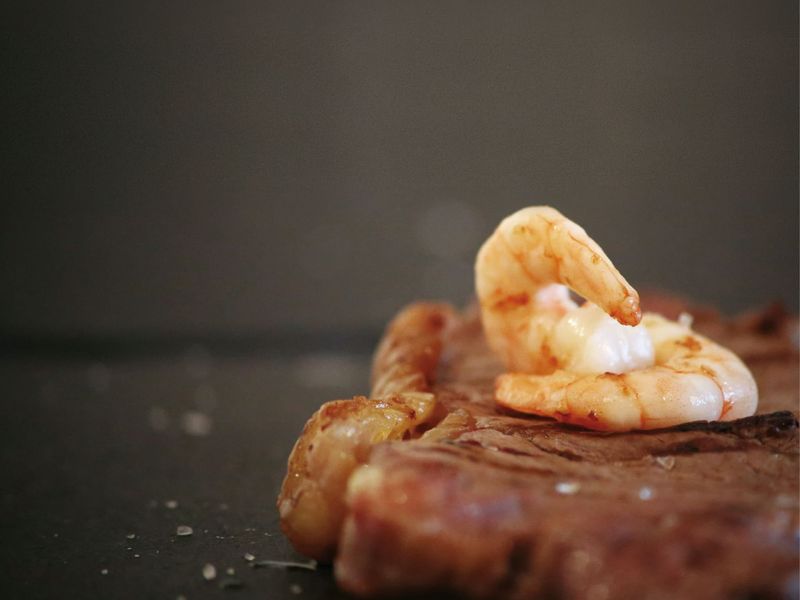
American farmers frequently add ractopamine to animal feed to produce leaner pork, beef, and turkey. This drug increases muscle growth and reduces fat in livestock just before slaughter, boosting profits for meat producers.
More than 160 countries – including China, Russia, and the entire European Union – have banned meat from animals treated with ractopamine. Studies link it to increased heart rates, stress, and aggression in animals.
The FDA approved this drug despite limited human safety testing. Consumers concerned about ractopamine should look for “ractopamine-free” labels or choose organic meat, as the drug is prohibited in organic farming. The vast majority of pork exported from the US comes from pigs treated with this controversial drug.
9. Artificial Trans Fats: The Heart-Harming Oils
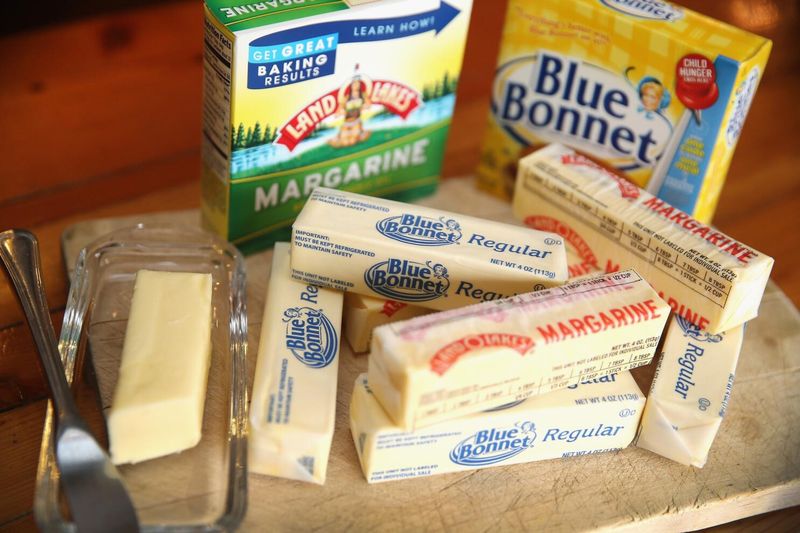
Once hailed as a healthy alternative to butter, artificial trans fats are created by adding hydrogen to vegetable oil, making it solid at room temperature. Food companies loved them for extending shelf life and enhancing flavor in processed foods.
Research eventually revealed trans fats significantly increase heart disease risk by raising bad cholesterol while lowering good cholesterol. Denmark led the charge in 2003, becoming the first country to ban them.
The FDA finally banned artificial trans fats in the US in 2018, but loopholes exist. Products containing less than 0.5 grams per serving can still claim “0 grams trans fat” on labels. Watch for “partially hydrogenated oils” in ingredient lists – that’s the scientific name for these dangerous fats.
10. Sodium Cyclamate: The Banned American Sweetener
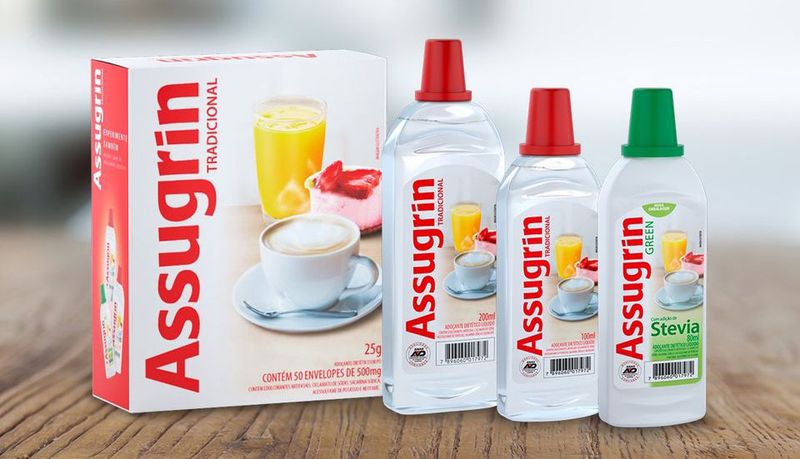
Sodium cyclamate is 30-50 times sweeter than sugar with zero calories, making it once popular in diet sodas and low-calorie foods. Unlike most additives on this list, the United States banned it in 1969 while many other countries still permit it.
The FDA prohibited cyclamate after studies linked it to bladder cancer in rats. Interestingly, later research questioned these findings, but the US ban remains in place.
Canada, Europe, and over 100 other countries still allow cyclamate in foods. American travelers might notice diet products abroad taste slightly different – that’s often due to this sweetener. Despite industry pressure to lift the ban, the FDA maintains cyclamate presents unacceptable health risks.
11. Lead Acetate: The Sweet Poison
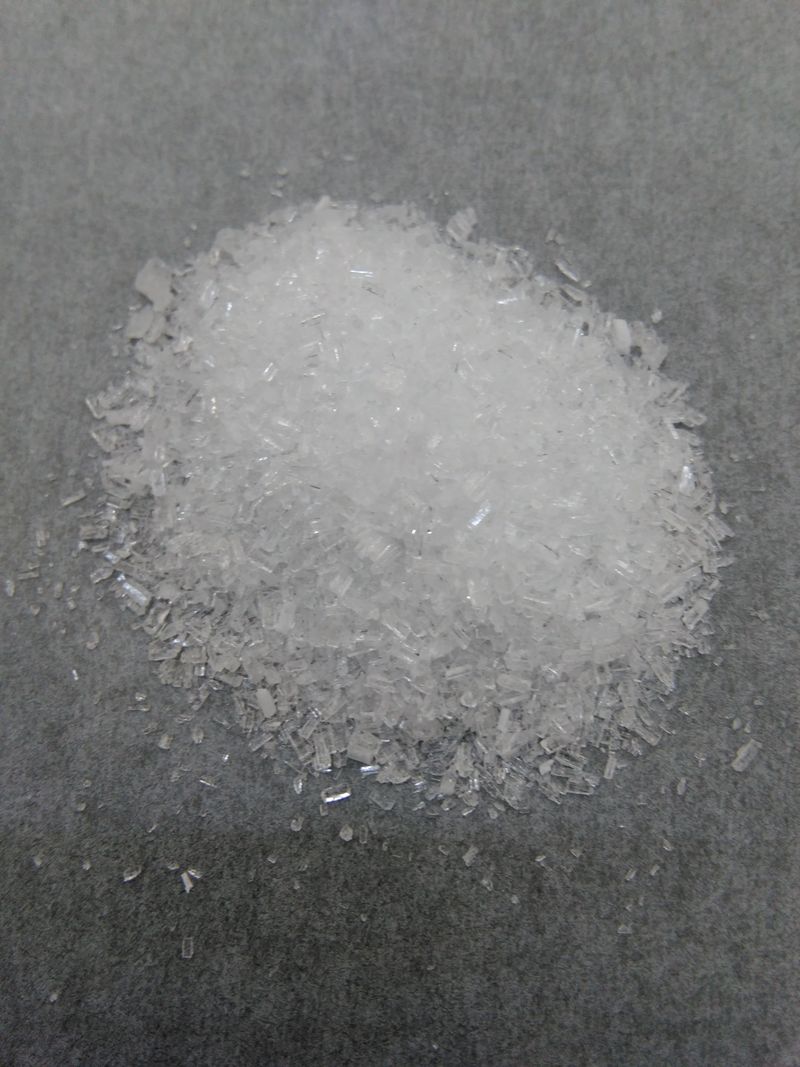
Ancient Romans added lead acetate to wine to sweeten it, unaware they were slowly poisoning themselves. This toxic compound has a deceptively sweet taste, earning its nickname “sugar of lead.”
Every country has banned lead acetate in food due to its extreme toxicity. Even small amounts can cause brain damage, developmental delays in children, and reproductive problems.
Surprisingly, the FDA only banned lead acetate in hair dyes in 2018, decades after other countries. While no longer permitted in food, lead contamination still occurs through industrial pollution, old pipes, and contaminated soil. Children are especially vulnerable to its devastating effects on brain development.
12. Sudan Dyes: The Illegal Color Enhancers
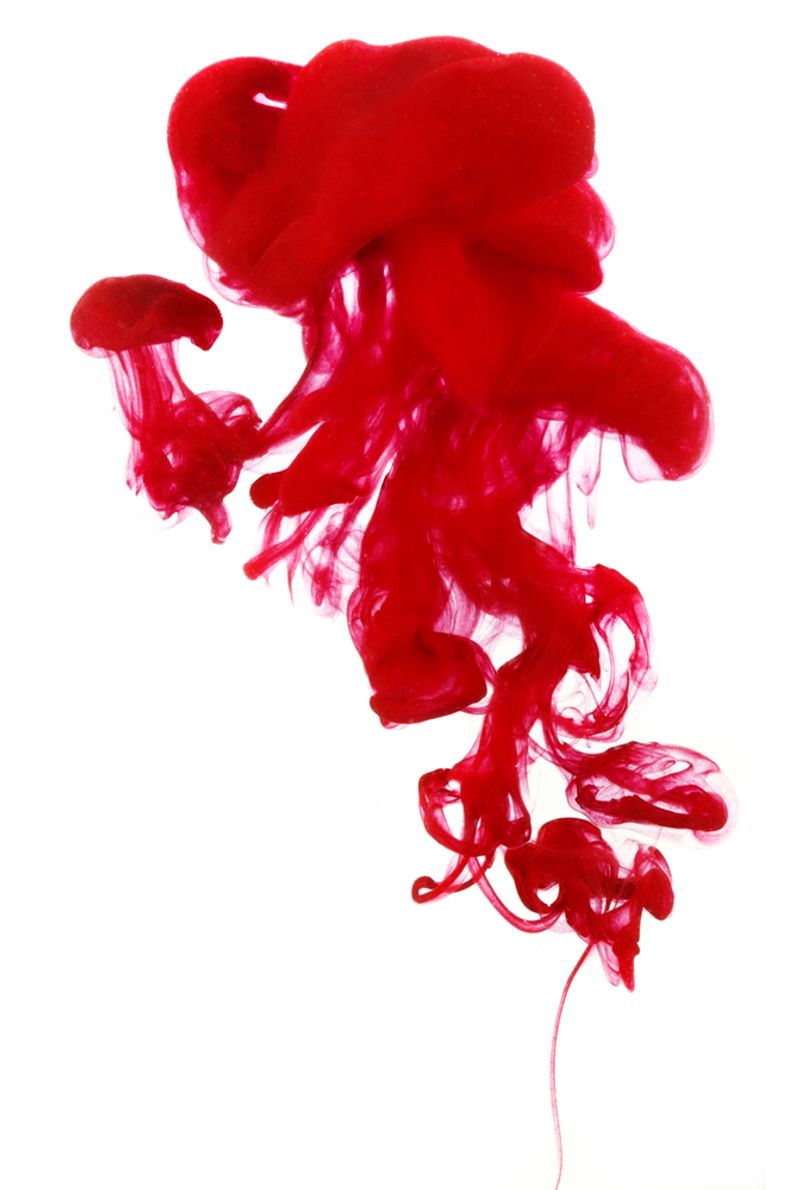
Sudan dyes make spices like chili powder and curry appear more vibrantly red and orange. These industrial chemicals were never approved for food use but have been illegally added to spices to increase their visual appeal and market value.
Every country prohibits Sudan dyes in food because they’re classified as Group 3 carcinogens. These petroleum-derived chemicals are actually intended for coloring solvents, oils, waxes, and shoe polish.
Food safety authorities regularly discover and recall products containing these illegal dyes. To avoid exposure, purchase spices from reputable sources and be suspicious of unnaturally bright red or orange spice powders sold at unusually low prices. Organic certification provides additional assurance against these dangerous contaminants.
13. Chloramphenicol: The Deadly Antibiotic
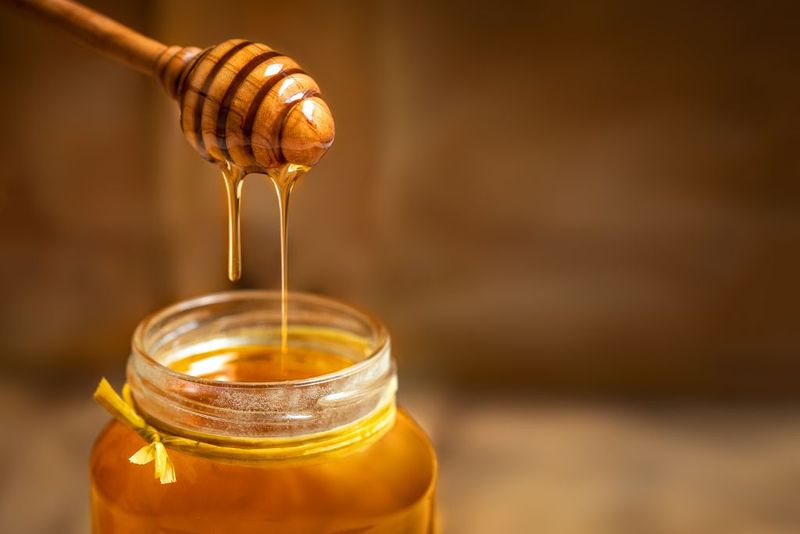
Chloramphenicol is a powerful antibiotic once widely used in livestock. While effective against infections, it carries a rare but devastating side effect: aplastic anemia, a potentially fatal blood disorder.
Most countries have banned chloramphenicol in food-producing animals. The risk of developing the deadly blood condition exists even with tiny residual amounts in meat or milk.
Despite global restrictions, this antibiotic sometimes appears in imported honey, seafood, and animal products from regions with less stringent regulations. The FDA maintains a zero-tolerance policy for chloramphenicol residues in food. Regular testing of imported foods helps catch violations, but contaminated products occasionally reach store shelves.
14. Coumarin: The Toxic Vanilla Impostor
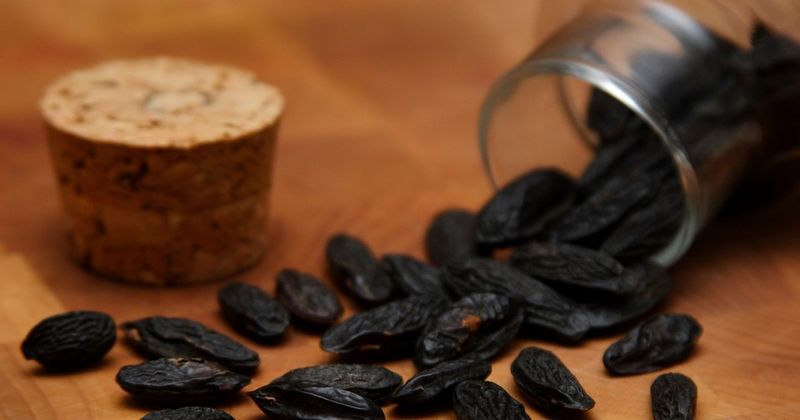
That wonderful smell in cheap vanilla extract might actually be coumarin, a compound found in tonka beans and cassia cinnamon. While it mimics vanilla’s aroma perfectly, coumarin can cause liver damage when consumed regularly.
The FDA banned food-grade tonka beans and pure coumarin in 1954. Countries worldwide have established strict limits on coumarin content, especially in cinnamon products.
Ceylon cinnamon (“true” cinnamon) contains very little coumarin, while the cheaper cassia cinnamon (commonly sold in US supermarkets) contains much higher levels. Heavy cinnamon consumers should choose Ceylon variety to avoid liver problems. Artificial vanilla flavoring doesn’t contain coumarin, making it actually safer than some natural flavorings.
15. Sodium Nitrate/Nitrite: The Preservative Paradox
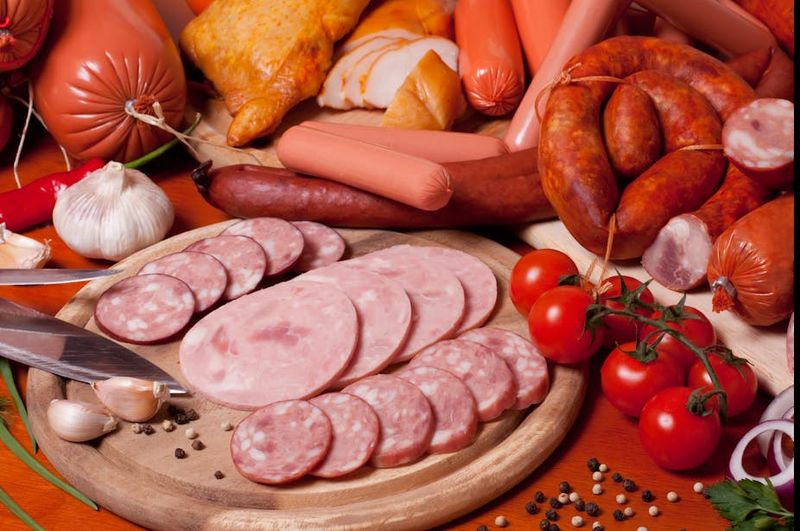
The distinctive pink color of hot dogs, bacon, and deli meats comes from sodium nitrate and nitrite. These preservatives prevent botulism and give cured meats their characteristic flavor, but they come with significant health concerns.
When heated at high temperatures or combined with stomach acid, nitrites form nitrosamines – potent cancer-causing compounds. Several countries restrict nitrite levels in foods, with some banning them in children’s products.
The World Health Organization classifies processed meats as Group 1 carcinogens, partly due to these additives. While still permitted in the US, consumers can find nitrate-free options labeled “uncured” or preserved with celery juice (which naturally contains nitrates). The food industry continues debating whether natural nitrate sources are any safer than synthetic ones.
1. High Fructose Corn Syrup: RFK Jr.’s Sweet Target

High fructose corn syrup (HFCS) dominates the American food supply as a cheaper alternative to sugar. Found in everything from soda to salad dressing, this sweetener has become a focal point of Robert F. Kennedy Jr.’s food safety advocacy.
RFK Jr. highlights research linking HFCS to America’s obesity epidemic, diabetes surge, and fatty liver disease. Unlike regular sugar, HFCS is processed differently by the body and doesn’t trigger the same fullness signals.
While not banned internationally, many countries use it far less than America. Some manufacturers have returned to regular sugar amid consumer concerns. Kennedy advocates for warning labels on HFCS products and removing it from school lunches as first steps toward addressing what he considers a major public health threat.
2. Artificial Food Dyes: The Rainbow of Concerns
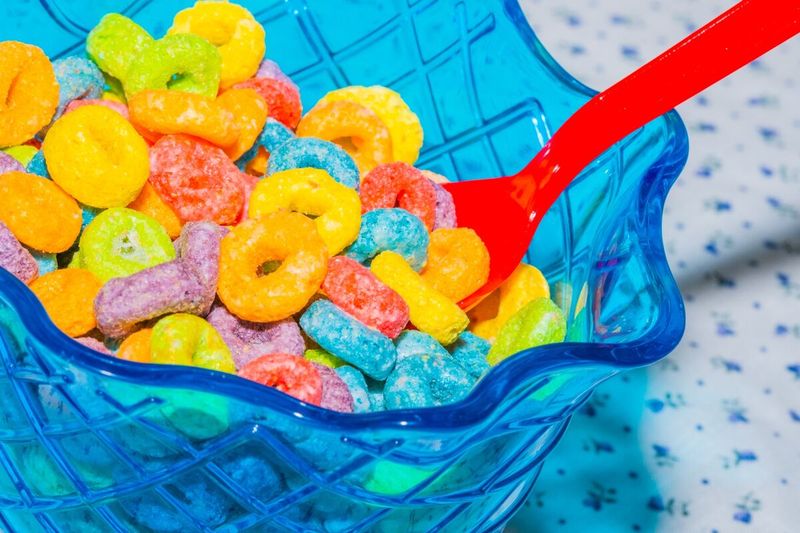
The bright colors in cereals, candies, and sports drinks come from petroleum-derived synthetic dyes like Red 40, Yellow 5, and Blue 1. RFK Jr. has made removing these artificial colors from American foods a central health campaign.
Multiple studies link these dyes to hyperactivity and attention problems in children. The UK and EU require warning labels on foods containing these dyes, prompting many manufacturers to reformulate with natural alternatives for European markets.
Kennedy points out the absurdity that American children consume these chemicals while European kids get the same products made with natural colors like beet juice and turmeric. He advocates for either banning these petroleum-based dyes or requiring clear warning labels about their behavioral effects.
3. Propylparaben: The Preservative Under Scrutiny
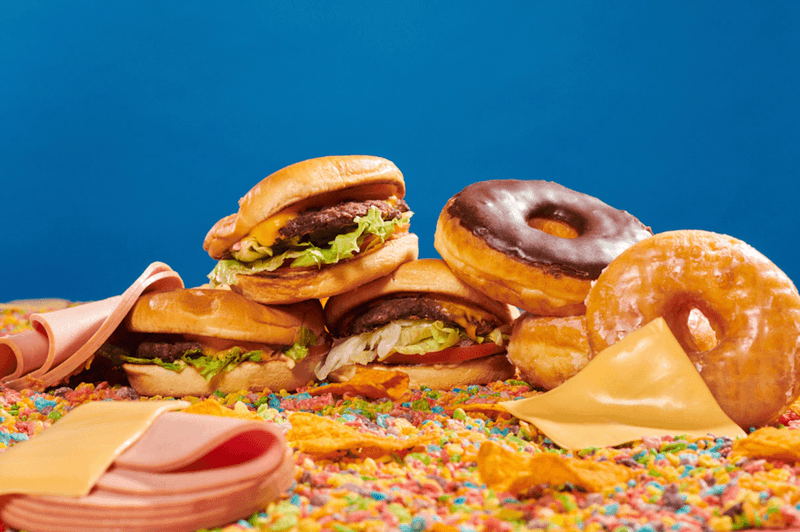
Lurking in baked goods, tortillas, and processed foods, propylparaben extends shelf life by preventing mold growth. This chemical preservative belongs to the paraben family, widely used in cosmetics and personal care products.
RFK Jr. has targeted propylparaben due to research showing it mimics estrogen in the body. The European Union banned it in food products after studies linked it to reproductive problems and hormone disruption.
American food manufacturers can still legally use propylparaben. Kennedy argues that the FDA has failed to apply the precautionary principle, allowing chemicals in food until proven harmful rather than requiring proof of safety first. He advocates for adopting the stricter European standard that already prohibits this concerning preservative.
4. Butylated Hydroxyanisole (BHA): RFK Jr.’s Preservation Concern
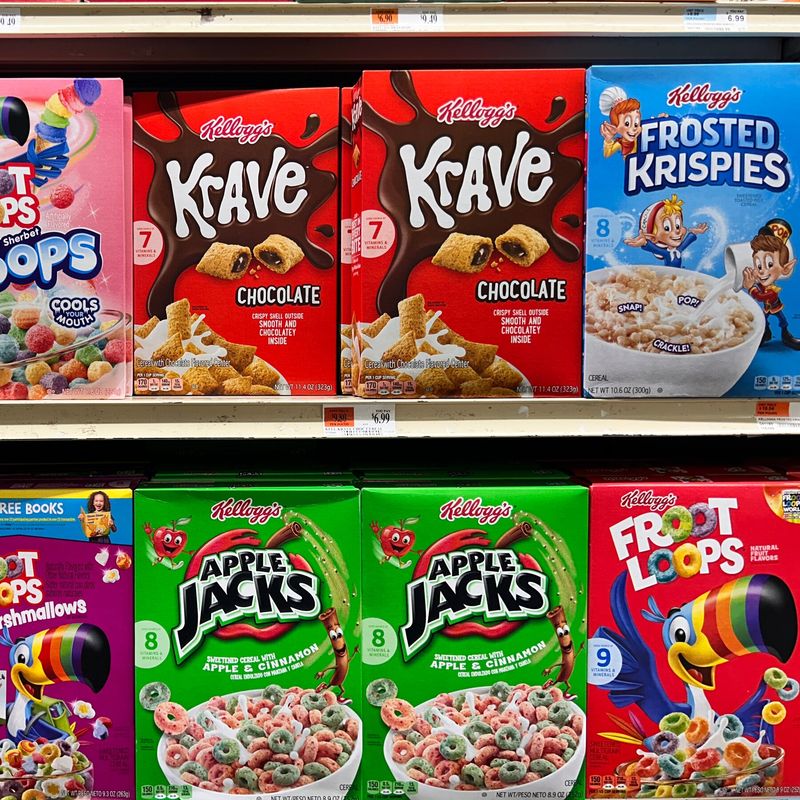
Potato chips, cereal, and chewing gum often contain butylated hydroxyanisole (BHA), a preservative that prevents oils from going rancid. While it keeps food fresh longer, RFK Jr. has raised alarms about its potential health effects.
The National Toxicology Program classifies BHA as “reasonably anticipated to be a human carcinogen.” Japan and parts of the European Union have restricted or banned it based on animal studies showing it causes cancer.
Kennedy highlights the contradiction that this additive remains in America’s food supply despite being listed as a potential carcinogen by the government’s own research agencies. He advocates for removing BHA from foods, especially those marketed to children, and replacing it with safer natural preservatives like rosemary extract.
Leave a comment